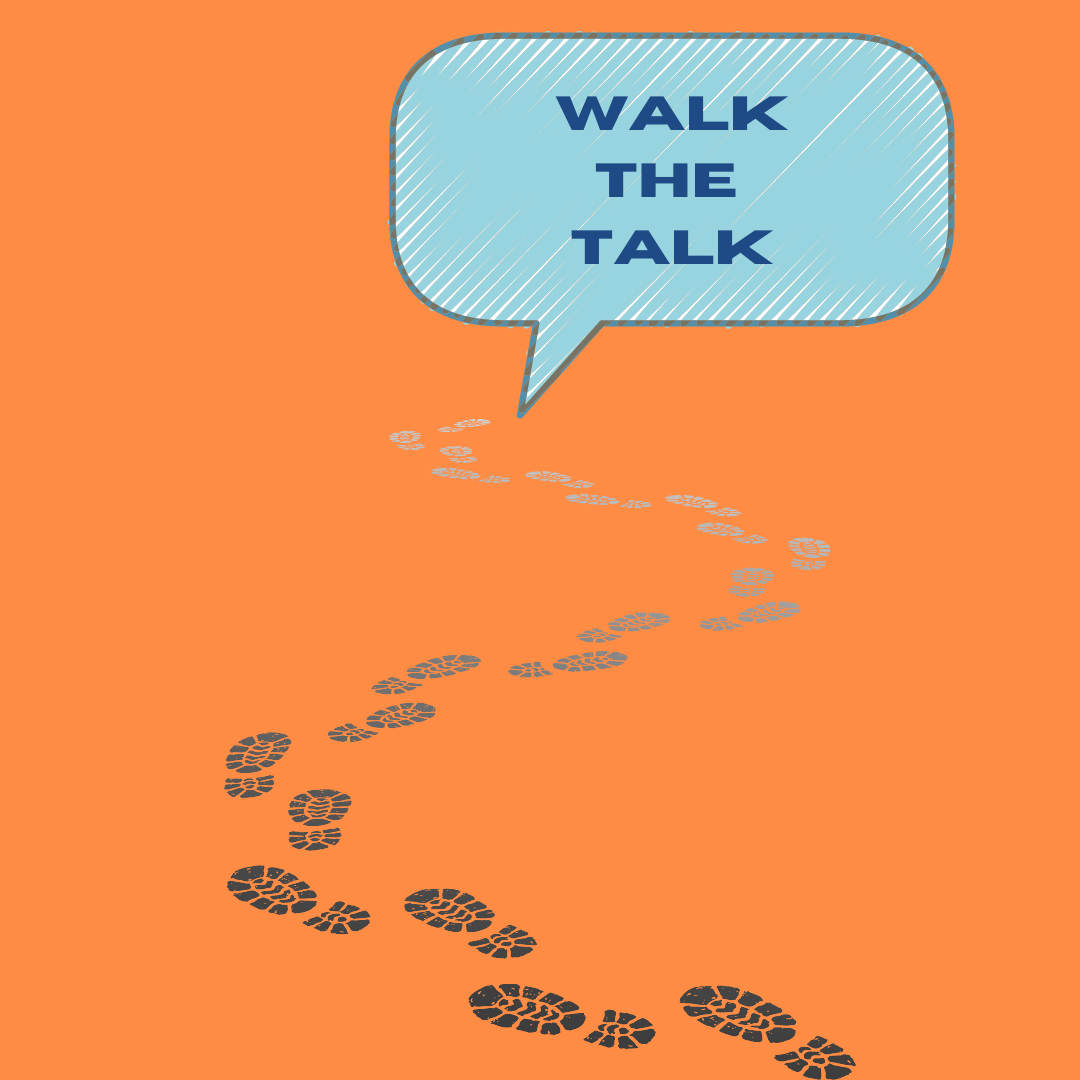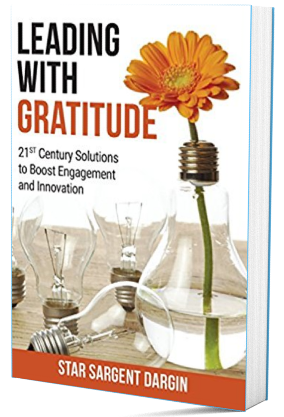 Wendy walks her talk and has a title to prove it—her actual job is to infuse gratitude into business culture. Our paths have crossed for decades, but we never met until recently, when a mutual friend introduced us because she noticed we had gratitude in common. Wendy oozes positivity. In fact, after speaking with her, I felt full of thankfulness. She sprinkled laughter into our conversation as she shared the science behind and the results of gratitude.
Wendy walks her talk and has a title to prove it—her actual job is to infuse gratitude into business culture. Our paths have crossed for decades, but we never met until recently, when a mutual friend introduced us because she noticed we had gratitude in common. Wendy oozes positivity. In fact, after speaking with her, I felt full of thankfulness. She sprinkled laughter into our conversation as she shared the science behind and the results of gratitude.
Gratitude is present throughout Wendy’s day, but her biggest challenge is consistency, which is no surprise because of her busy schedule. She co-founded a startup, so some of her days start at six a.m. in meetings with people worldwide. She’s most consistent with her gratitude practice at night before bed, when she reflects and writes down the things for which she feels grateful. When possible, she practices gratitude in the morning. Her practice sometimes includes journaling and using an app like Calm for guided gratitude meditation. She also tries to send visuals daily to four friends who practice gratitude because she strongly believes that having a gratitude community reinforces the practice. She is a community and board member of www.grateful.org, where you can get daily gratitude quotes, join a chat, and attend monthly gratitude gatherings. Grateful.org was started by Brother David, who is referred to as the grandfather of gratitude.
Wendy regularly studies gratitude masters, too; when I spoke to her, she was immersed in watching an interview between Desmond Tutu and the Dalai Lama about joy and gratitude. Making gratitude a regular part of everyday life, Wendy says, is important because everyone takes so much for granted. She asserts that practicing gratitude every day is scientifically proven to shift brain chemistry and that gratitude is about who you are, not what you do, which can be counterintuitive in business.
In a very personal gratitude story, Wendy shared with me a time when she changed her body chemistry through gratitude. She had been diagnosed with breast cancer for the third time and was in shock. The doctor had just told her and had ordered more tests. Wendy was alone in a downtown Boston hospital, with thirty minutes to get across town to another hospital, still reeling from that devastating diagnosis. What did she do? She turned to gratitude. She repeatedly asked herself what she was grateful for and used that gratitude to get her out of shock and to the next hospital on time. She found so many things to be grateful for—the sunny day, the helpful nurses, and the fact that the drive was a straight path, for instance. When she arrived, she was smiling, laughing, and in no pain. She physically felt her body chemistry change from devastation and sorrow simply by repeatedly asking herself what she was grateful for and answering her own questions. Gratitude changed her body and feelings, which she believes aided her healing. Science shows that gratitude works, and Wendy experienced it firsthand.
Her job now is to ensure that gratitude is part of the business culture. For that to happen, gratitude must permeate every conversation so people will appreciate and listen to each other. She emphasizes and teaches how to show appreciation for who a person is, not what he or she does. For example, she says that instead of thanking people for tasks they accomplish (like getting a spreadsheet done early), you should thank them for being a person who honors their commitments. That compliment is more meaningful and sticks longer. Always put the person first—you’re grateful for who they are, not what they do. When people reach out with appreciation, they are quicker and happier to help one another, leading to better answers and outcomes. This attitude shift translates to business results; studies prove that too. Wendy and I both knew of various research studies and shared them.
In her work, Wendy also ensures that mechanisms are in place to support gratitude. Her company recently set up a Slack channel to do appreciation callouts, with a drop-down menu to include a personal note; you can send these messages one-to-one or publicly. The approach ensures that everyone is in the habit of frequently expressing appreciation.
The biggest challenge Wendy sees with people using gratitude is that it is only sometimes top of mind. It’s not in some people’s nature to be grateful; rather, they tend to see the negatives first. Mindful gratitude rewires their brains, allowing them to reap gratitude many benefits.
Wendy walks her talk both professionally and personally. She co-leads monthly virtual gratitude gatherings. I’ve attended a few and leave feeling deeply grateful. She is the co-founder and the Chief of Culture and Community at Better Manager. Better Manager is a San Francisco startup with a growing global presence. It is poised to become the premier solution for organizations looking to develop their managers into leaders and grow their people into a source of sustainable competitive advantage. They recently were awarded $16 million to scale their leadership development tool.
Wendy says people don’t know what they don’t know, especially about gratitude, which is why we need to keep passing it on. She strongly encourages everyone to practice gratitude daily and check out www.grateful.org.
Takeaways and Tools:
- You can find ways to incorporate gratitude into your day no matter how busy you are.
- Constantly learning about gratitude keeps it present in your life.
- Create or join communities of gratitude like Wendy’s Morning Gratitude Pals and Grateful Gatherings.
- Appreciate the person, not just the tasks they do.
References
- Grateful Living – a gratitude practice community: Welcome to Grateful Living
- Better Manager – a company Wendy co-founded: A Leadership Development Platform for All Your Managers – BetterManager
- About Wendy: Wendy Hanson • Chief Culture & Community Officer, Co-Founder • BetterManager

